Neurodiversity and the Church Part 2: Learning Disabilities
by Maci Sepp
As a young child in elementary school, I remember a day when every student was pulled out of normal class activities and brought into the hallway for assessment. Though I do not recall the contents of the assessment, I know it had something to do with reading and pronunciation. What I remember most vividly is from that point on, I was excused from the regular classroom during the time allotted for reading and, along with one or two other students, learned to read separately from the rest of the class. We sat around a kidney-shaped table with colorful chairs, packed in a small room down the hallway with the kindergarten teacher who only taught in the mornings.
This was how I spent reading time every week for the next three years. It was fairly obvious that we were reading lower-level books and filling out worksheets meant for younger students, and yet, there was something about that time that made me feel special. As awkward and embarrassing as it sometimes was to watch my peers pull out their advanced books while I waited patiently until I could be fetched to join my reading intervention group, I enjoyed the one-to-one time I had with my reading teacher, and I valued the relationships I formed with the other students. When we returned to the regular classroom, it felt as though we had an unspoken secret between us, one where we knew that, despite being different, our reading intervention teacher cared for us and gave us the attention we needed.
After a few years, I finished the intervention program and was welcomed back into the regular classroom during reading time. It was both a huge relief and a subtle loss. I never felt as close to my intervention peers after that, and I cannot remember ever seeing my intervention teacher again, at least not in a one-to-one or small group setting. As I reflect on this period of my learning history, many questions come to mind. Could the program have been set up in a way that allowed me to stay in the regular classroom? Could there have been opportunities for students to help teach one another? Would it have been possible for every student, no matter their reading level, to receive such meaningful one-to-one time with a teacher who cared about their development and nurtured their strengths? While there is no telling how much this would have changed the classroom dynamics, personal biases, or learning outcomes, I still wonder how answering to these questions would have shaped me differently as a learner.
Though I began my life having speech delays and difficulty reading, I eventually caught up with the “normal” curriculum, and I no longer struggle with the learning challenges I had as a child. Still, for many students, there may never be a “catch up” moment, and they are forced to remain in segregated learning spaces throughout their entire education. There are also many students who are not granted the same resources and opportunities for assessment as I was, and they might be left to navigate the regular classroom without interventions, aids, or supplementary materials. In a church setting, we could, at any point, be ministering to children and adults from all these backgrounds and more.
Therefore, it is important to note that when we speak about learning disabilities, we are likely referring to a broad range of conditions that affect various aspects of education, such as reading, writing, listening, speaking, reasoning, sensory processing, and memory.[1] Reading disabilities are what affect the majority of students with learning disabilities, and these most commonly comprise of developmental dyslexia. Still, these aspects are all relevant to how we lead and participate in worship and educational ministry. From reading a Sunday morning bulletin to following a children’s Bible to singing hymns to remembering the order of worship, learning disabilities call attention to how we take many of these components of church life for granted, but learning disabilities also point to new ways of how we might attend to them.
First, we must always be aware of how we talk about learning disabilities, especially with children. What we say and how we define our terms affects them in more ways that we might ever know. Take LeDerick Horne, for instance, who is now a poet, speaker, and advocate for people with learning disabilities.[2] Until the end of high school, LeDerick grew up learning in segregated classroom environments because as a child, he was diagnosed as being “neurologically impaired.” From that point on, he remembers feeling lesser than all the other students, which had a deep impact on his self-esteem and the paths he thought were possible for him after graduating. The added layers of being a Black man also played a role in what he thought he could and could not do. Fortunately, his connections with teachers, counselors, and like-minded students were what turned LeDerick’s life around and helped him imagine a wider array of trajectories for his future. LeDerick’s story emphasizes the importance of labels as well as the formative power of segregation and relationship building in educational settings. He also reminds us of how the differing parts of our identities can intersect and influence learning disabilities in a variety of ways.
As we go on to minister to people with learning disabilities, we would do well to operate under the assumption that people with learning disabilities already exist within our congregations. Much of what I have learned from the past semester is that many of the changes and accommodations made on behalf of neurodivergent people have the ability to improve the learning of all participants, no matter their neurobiology. A few possible ideas could include printing bulletins with bigger sans-serif fonts, color coding, and incorporating images alongside the text; having an audio or video version of Bible stories to use in Sunday school; providing written and auditory worship instructions and never assuming that people know when to sit or stand, speak or be silent, move around or stay in their pews; and preaching about learning disabilities from the pulpit. Whatever changes may occur, it is crucial that these changes are evaluated by a group consisting of the church leadership and people with learning disabilities every step of the way, asking what is missing, what could be improved, and what needs to be taken out completely.[3]
Maci Sepp is an M.Div. graduate of Princeton Theological Seminary. Her research interests include disability studies and disability theology, adoption ethics, and intersectionality.
[1] Thomas Armstrong, Neurodiversity in the Classroom: Strength-Based Strategies to Help Students with Special Needs Succeed in School and Life (Alexandria: ASCD, 2012), 29.
[2] LeDerick Horne, “LeDerick Horne on Growing Up With Learning and Thinking Differences,” Understood, July 2, 2018, https://www.youtube.com/watch?v=EBcgN-OKLlE.
[3] For a sample checklist of what could be evaluated in worship and educational ministry, see Erik Carter, “Indicators of Welcome Reflection Tool” (2007), www.brookespublishing.com/carter.


